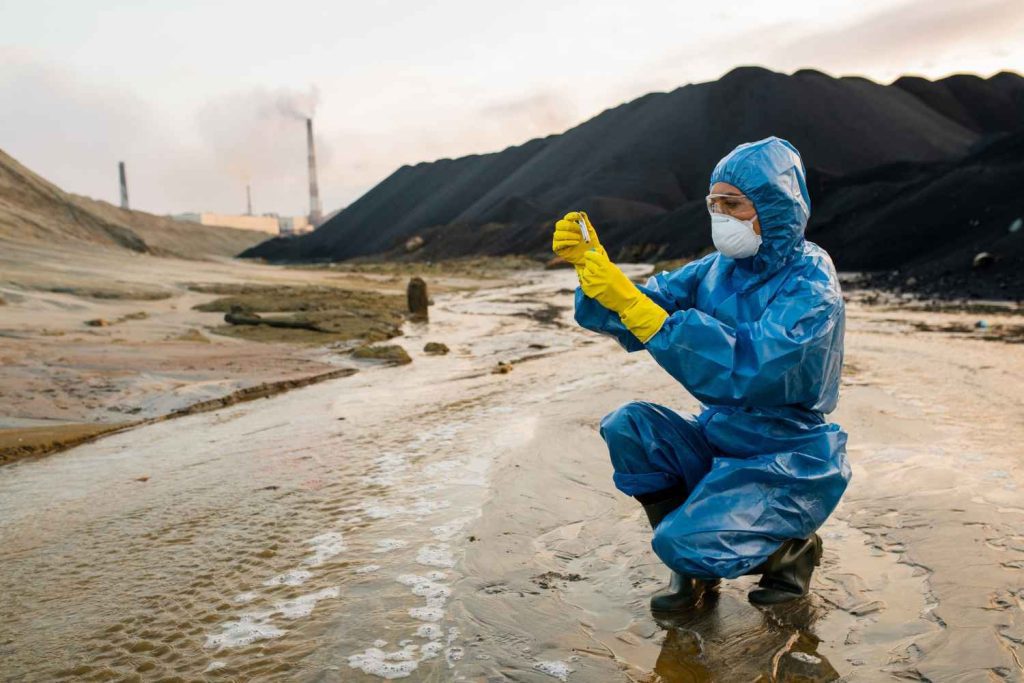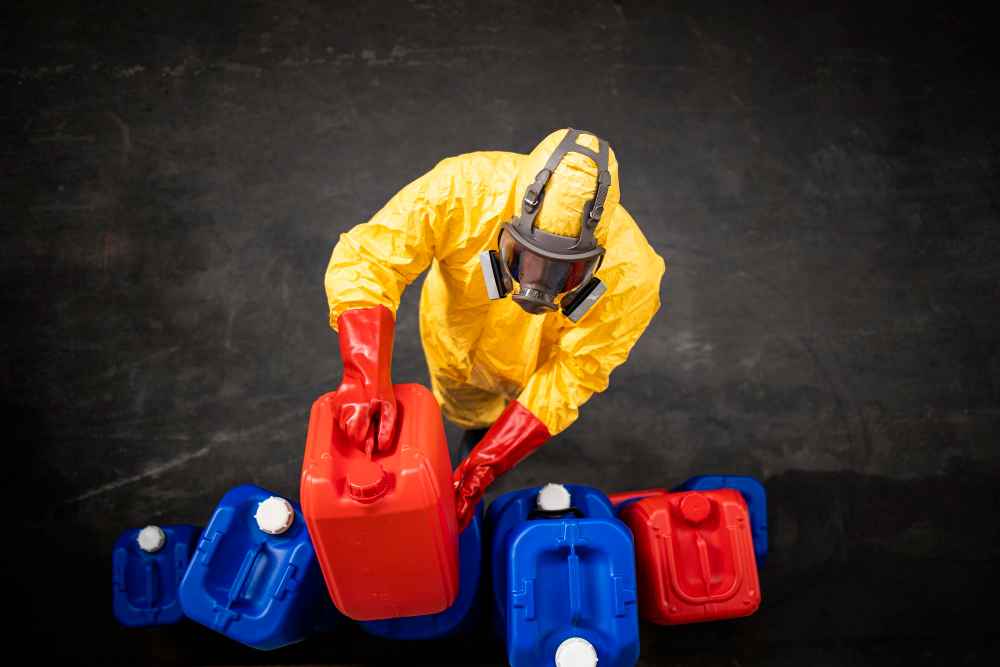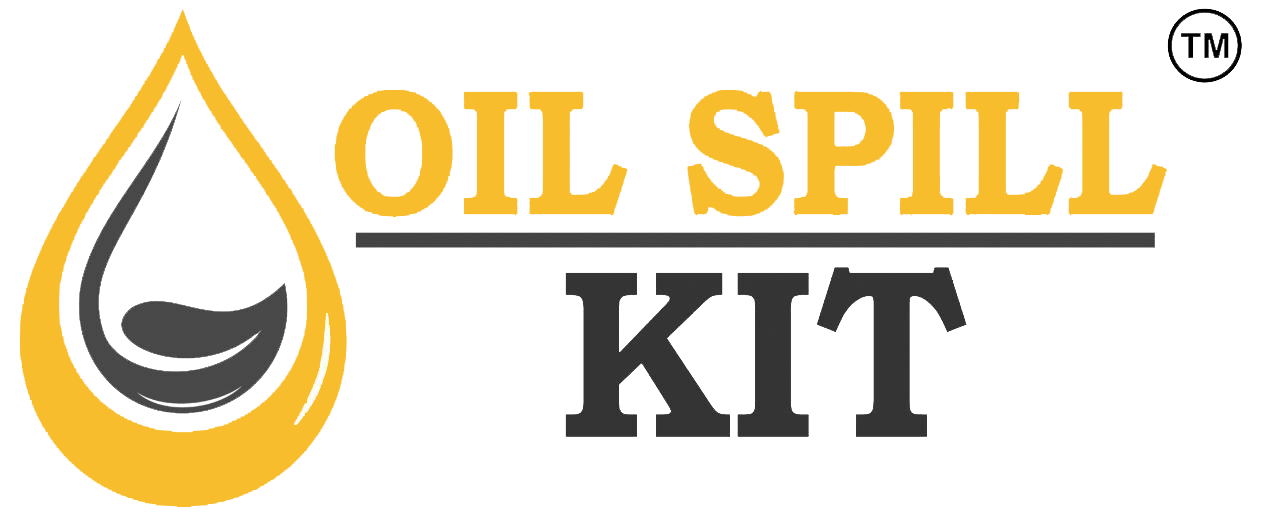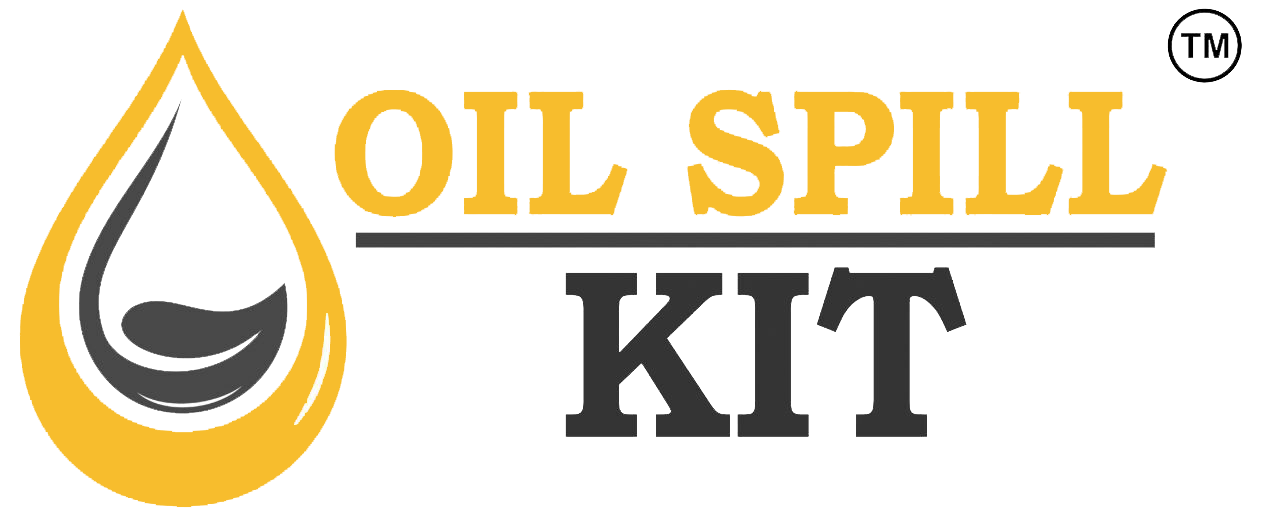Effective Ways to Clean Oil Spills at Water
An oil spill happens when oil is accidentally released into the environment, often in water like oceans or rivers. This can occur during accidents involving ships, oil rigs, or pipelines. The spilt oil can harm the environment by creating a slick on the water’s surface, affecting marine life like fish and birds. It can also damage plants and shorelines.
Cleaning up oil spills is challenging and requires special equipment and techniques. Preventing oil spills is important to protect ecosystems and the creatures that depend on them.

Causes of an Oil Spill
Oil spills can be caused by various factors, and they often result from accidents or human activities. Here are some common causes of oil spills:
Domestic Oil Spills: Domestic oil spills can be a result of leaks in heating oil tank or its pipework. Moreover, they can also prevail due to careless refilling of heating oil storage tank. This spilt oil can contaminate any natural water resource nearby, such as springs, reservoirs and even swimming pools.
Accidents during Oil Exploration and Extraction: Mishaps during drilling operations, whether on offshore oil rigs or onshore wells, can lead to oil spills. Equipment failures, blowouts, or human errors can cause a leak or oil spill.
Oil Tanker Accidents: Collisions, groundings, or structural failures of oil tankers can cause significant oil spills. When these large vessels transporting oil encounter accidents, the oil they carry may leak into the water, posing a threat to marine ecosystems.
Pipeline Leaks: Oil pipelines, which transport oil over long distances, can develop leaks due to corrosion, damage, or inadequate maintenance. These leaks can release substantial amounts of oil into the environment and contaminate it.
Illegal Dumping: Some individuals or companies may engage in illegal practices, such as intentionally dumping oil into water bodies or onto land, either to avoid disposal costs or as a result of irresponsible waste management practices.
Natural Disasters: Natural disasters like tsunamis, hurricanes and earthquakes can damage oil infrastructure, leading to spills. For example, a storm may damage an offshore drilling platform or rupture pipelines, causing oil to be released.
Refinery and Storage Facility Accidents: Accidents during the refining process or storage of oil at facilities can result in spills. Equipment failures, leaks, or human errors within these facilities may contribute to the release of oil.

Give us a call for free consultation
How Can We Clean an Oil Spill?
Cleaning up an oil spill in water is a challenging task that requires special techniques and equipment. Here’s a simple explanation of the steps involved in the cleanup process:
Containment: The first step is to stop the spread of the oil. Floating barriers, called booms, are used to surround the area to keep the oil spillage from spreading. These booms can be placed in a way that creates a sort of barrier on the water’s surface.
Skimming: For this, special boats equipped with skimming devices are used. These devices work like big vacuum cleaners, sucking up the oil along with some water. Once collected, the mixture is then separated, and the water is returned back to its cycle.
Chemical Dispersants: With the help of chemical dispersants, oil is broken down and turned into smaller droplets. This process renders the oil more vulnerable to natural processes. However, the use of dispersants is carefully regulated to minimise potential harm to marine life.
Bioremediation: This involves using natural microorganisms (bacteria and fungi) that can break down the oil into less harmful substances. These microorganisms can be added to the affected area to enhance the natural degradation process.
Absorption: Absorbents can be used to soak up the spilt oil. These materials may include sponges, pads, or even natural materials like straw.
Manual Cleanup: In areas where the oil has reached the shoreline, manual cleanup methods are employed. Workers use shovels, rakes, and other tools to remove oil from the affected beaches or rocky shores.
Monitoring and Assessment: After the cleanup, ongoing monitoring and assessment are crucial to understand the long-term impact on the environment and to ensure that any remaining traces of oil are addressed.

Conclusion
Cleaning up an oil spill is a complex process and may use any or a combination of these methods. It requires coordination among various agencies, environmental organisations, and experts to minimise the impact on marine life and ecosystems. The goal is to remove the visible oil and restore the affected area to its natural state.









 Home
Home  Checkout
Checkout